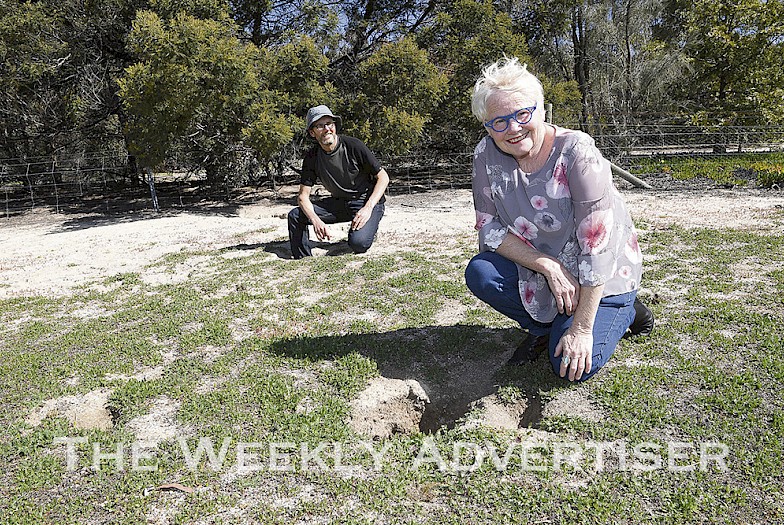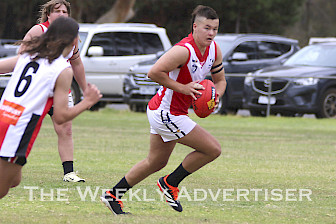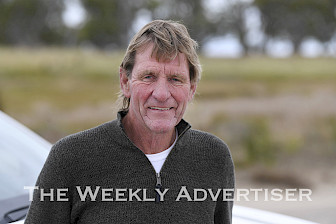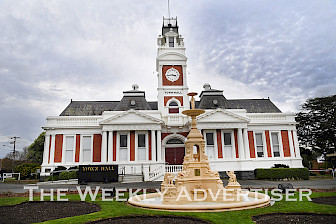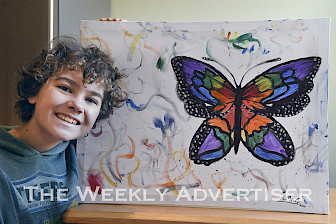The group is carrying out rabbit control and invasive-weed spraying work on group members’ landholdings with an aim to increase the biodiversity and environmental health of the water-catchment area.
Mick Douglas, who moved to Black Range near Stawell in 2018 from Melbourne, and Noelene Gration, who has been living in the range for three years since moving from Daylesford, are taking on president and secretary roles.
Mr Douglas said the first steps to reintroducing the threatened species involved establishing vermin-proof fenced areas to breed bandicoot populations that had long been lost from the area.
“We’re looking at increasing the amount of vermin-proofed fenced areas in the Black Range so the bandicoots can re-adapt to the environment and climate conditions here,” he said.
“There needs to be a reduction of invasive predator species, such as foxes, more broadly throughout the range in order for it to viable in the future for threatened species like bandicoots to be reintroduced.”
Group members are planning a tour of Victoria’s largest feral predator-free ecosystem at Mt Rothwell conservation reserve to learn about breeding programs involving bandicoots and other endangered species.
The group is also encouraging more landholders to be involved in their recovery efforts.
“An advantage of having more landholders is we’re able to access grant funds that go towards supporting the environmental health of the water catchment systems,” Mr Douglas said.
“We have rabbit control and invasive weed spraying happening on group members’ landholdings – that’s the advantage of landholders being involved. The more collective effort there is, that makes it easier to manage invasive species.”
Regeneration
The group formed in the 1990s as one of the earliest communities in the Landcare movement and has regenerated and restored many hectares of previously bare landscape.
“The group has been going for a long time – it’s one of the oldest community groups in the Landcare movement,” Mr Douglas said.
“Neil and Wendy have been there since the beginning and are highly knowledgeable on all matters flora and fauna and the history of the place.”
Mr Douglas said he was excited to continue the group’s ‘crucial’ work.
“I wanted to be more connected to this fascinating landscape and its habitat and ecology. I wanted to learn alongside others about how to care for country,” he said.
“There are a few new landholders in the region, including myself. Now there’s a new wave of people in the area who are keen to pick up the mantle and carry on the great Landcare work.”
The group is also planning knowledge exchange and plant identification walks, community plant-outs, and a series of working bees.
The entire October 7, 2020 edition of The Weekly Advertiser is available online. READ IT HERE!
